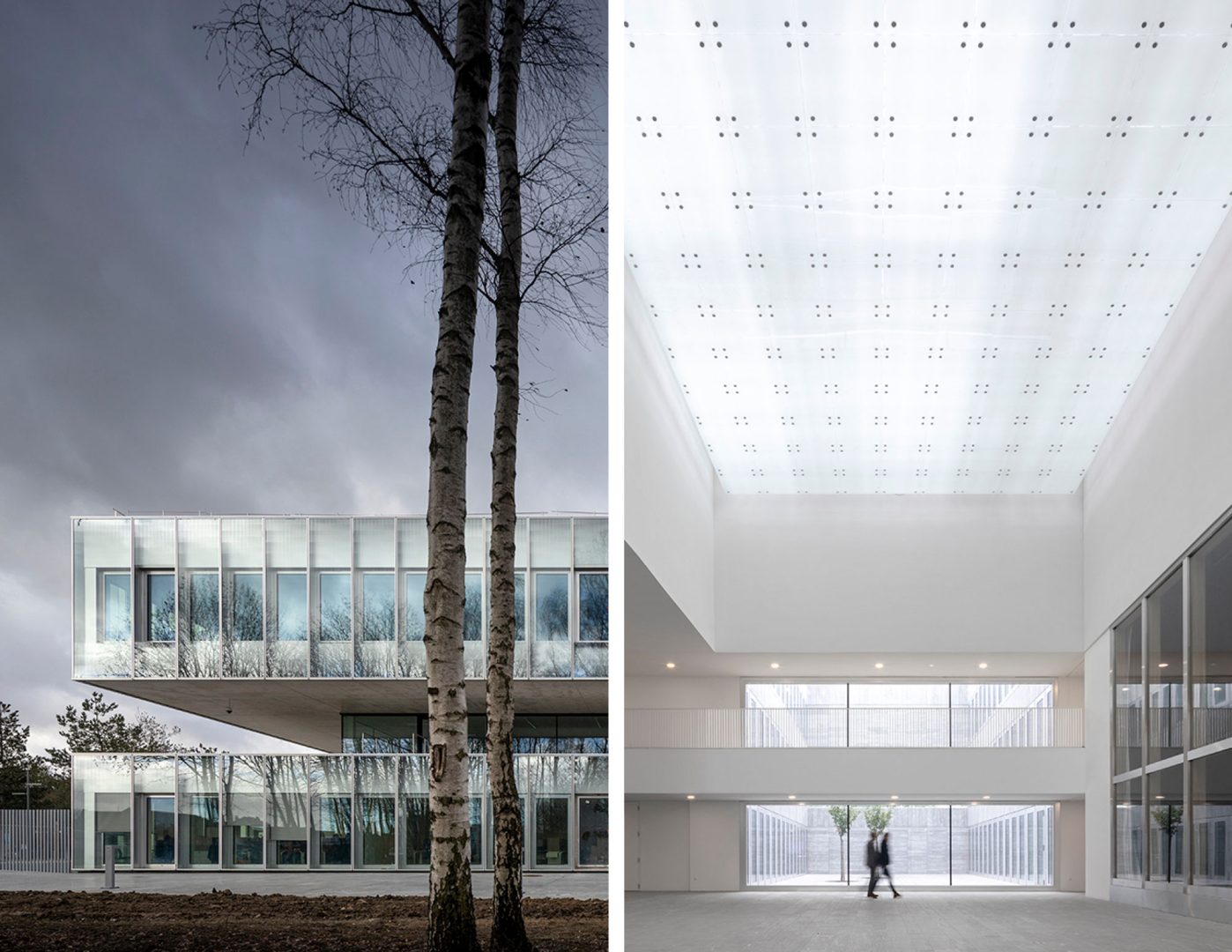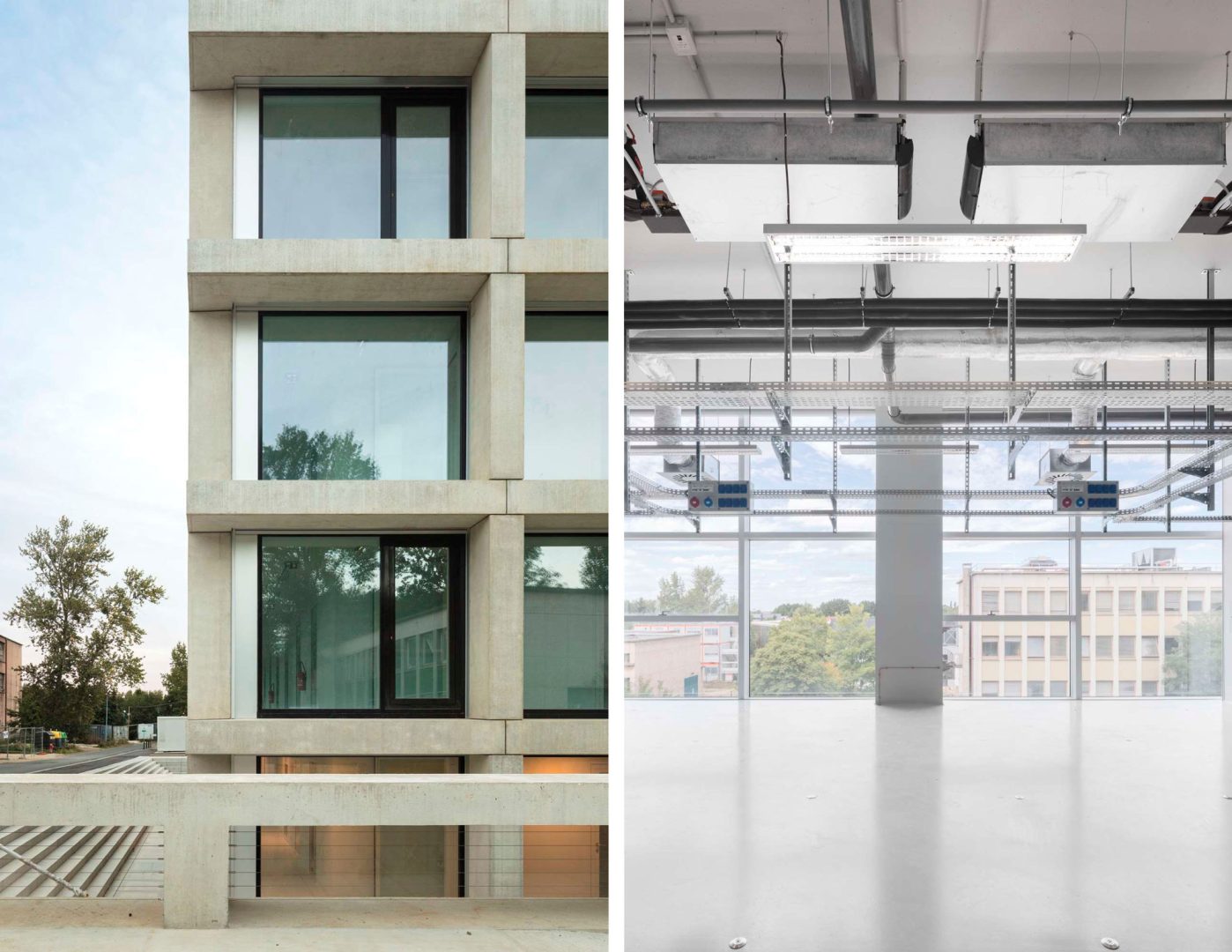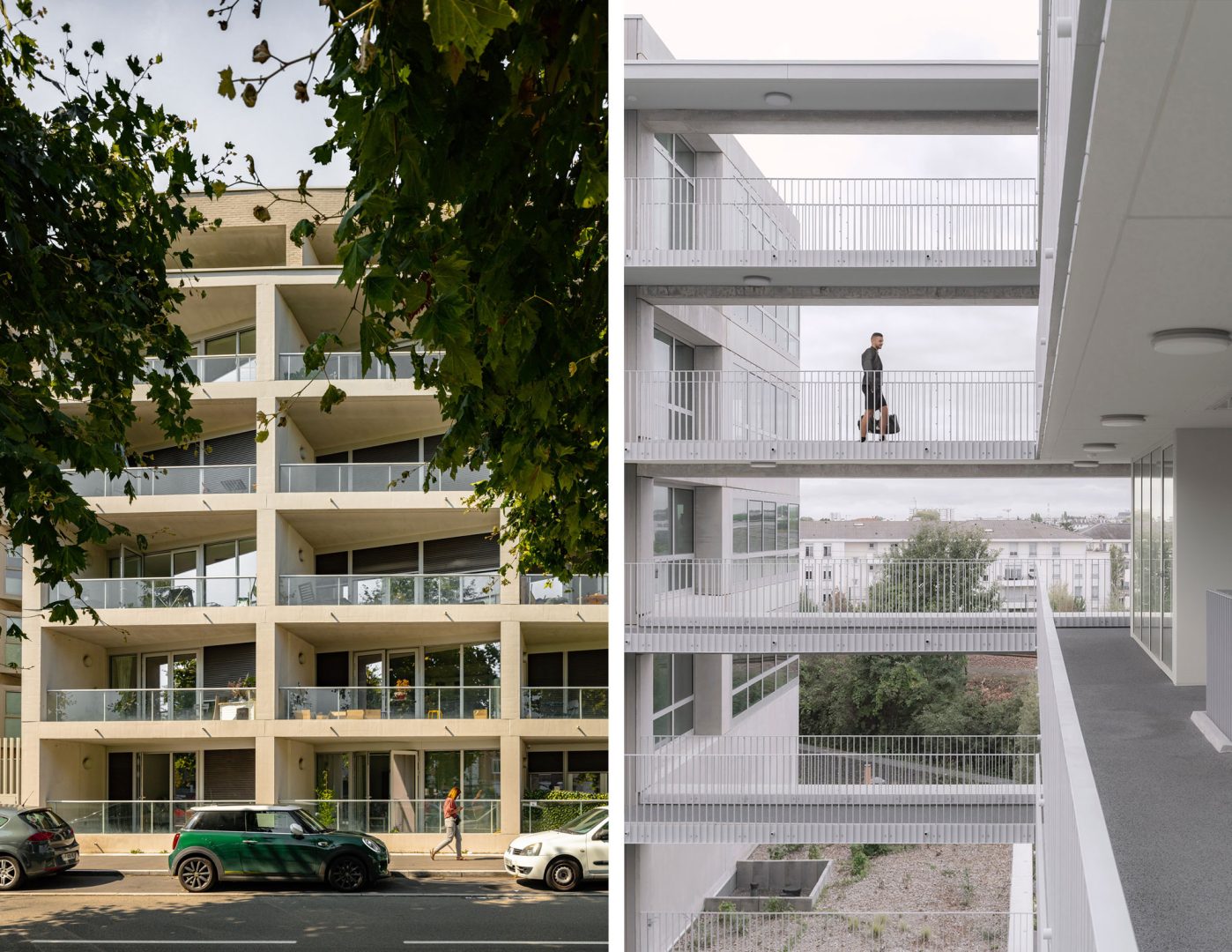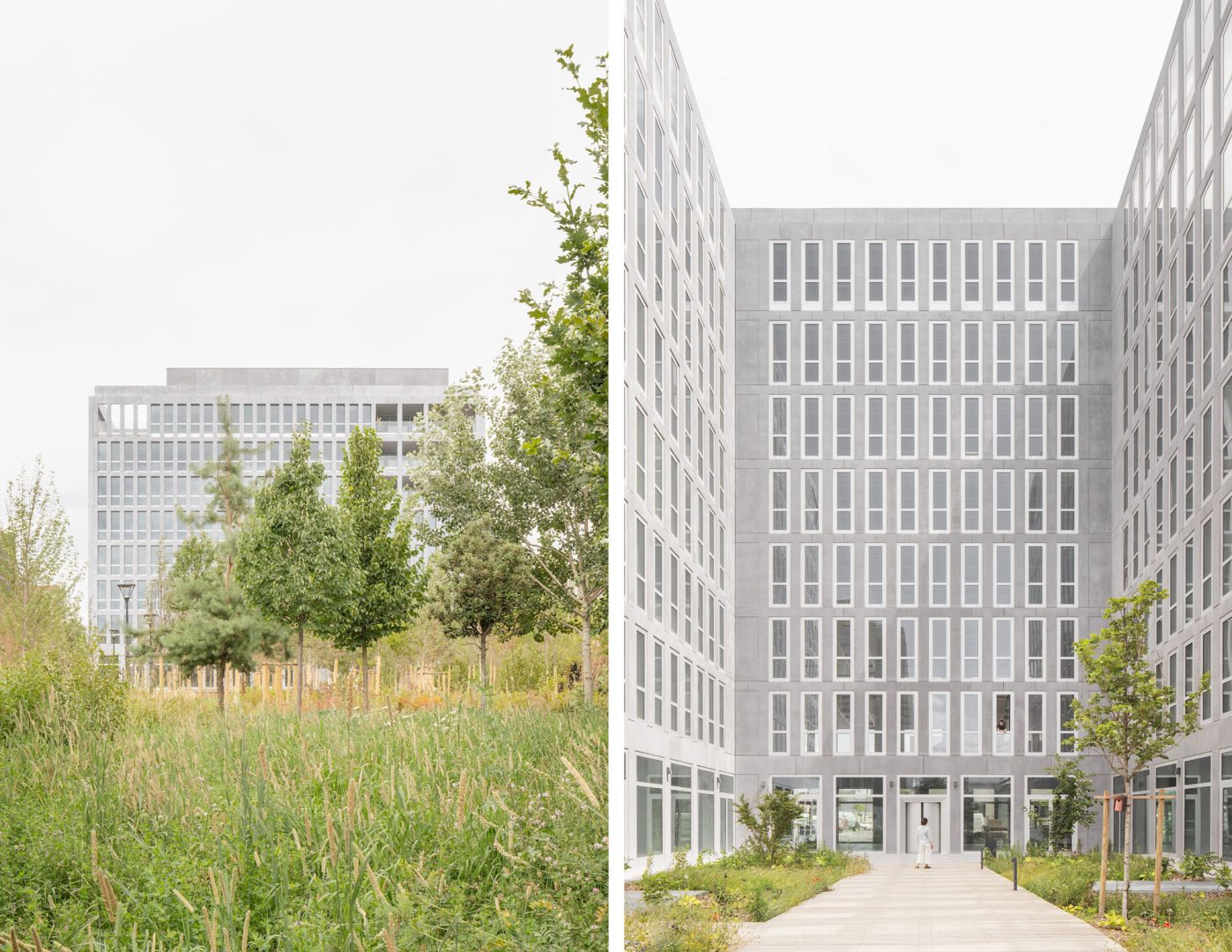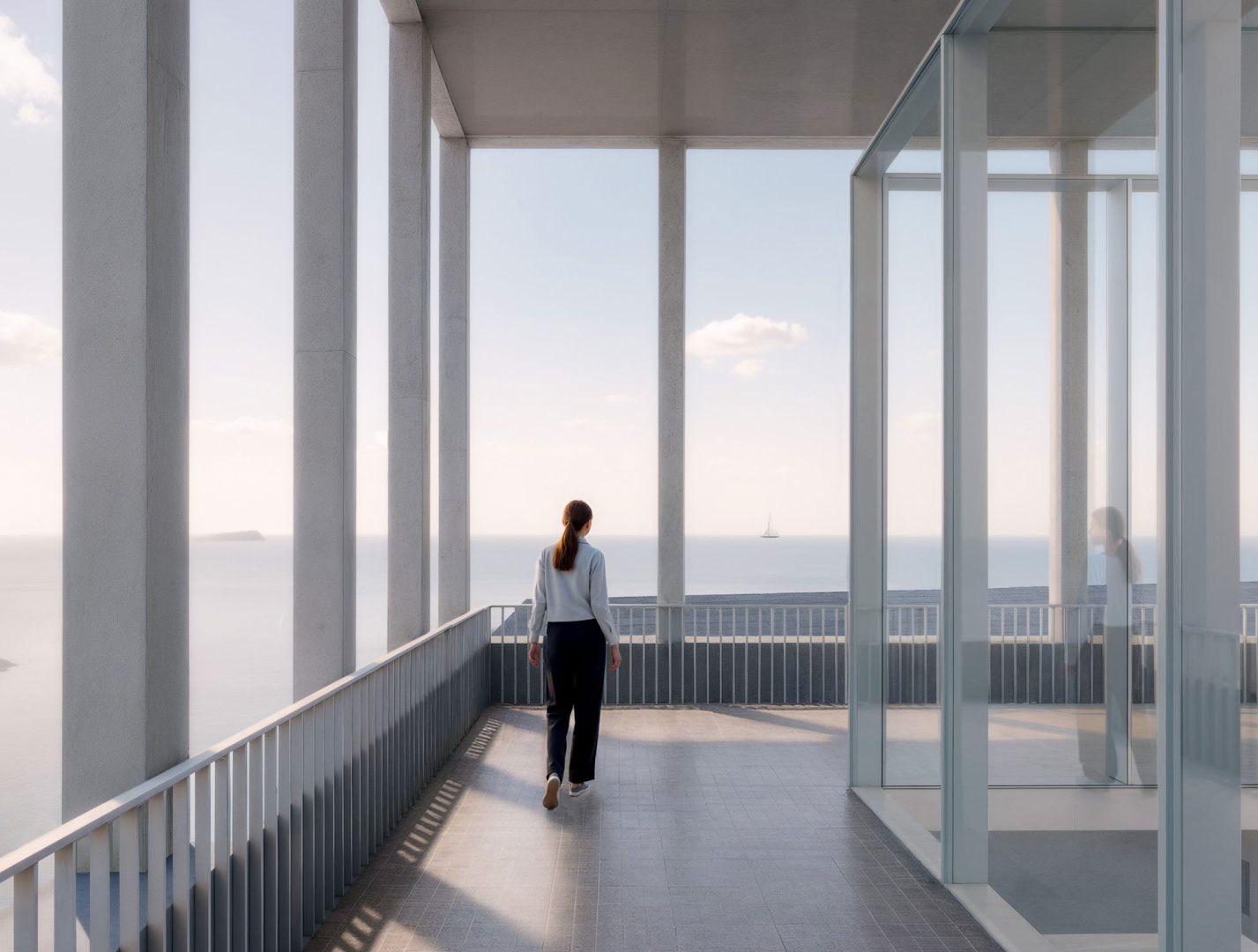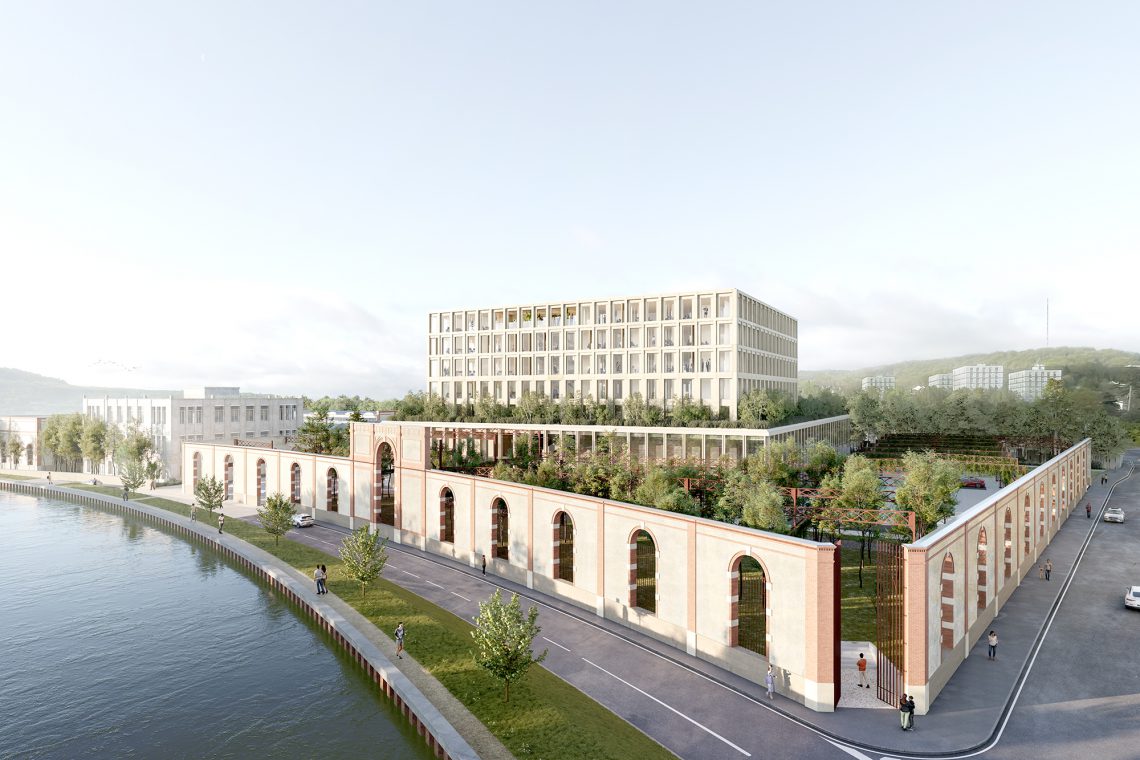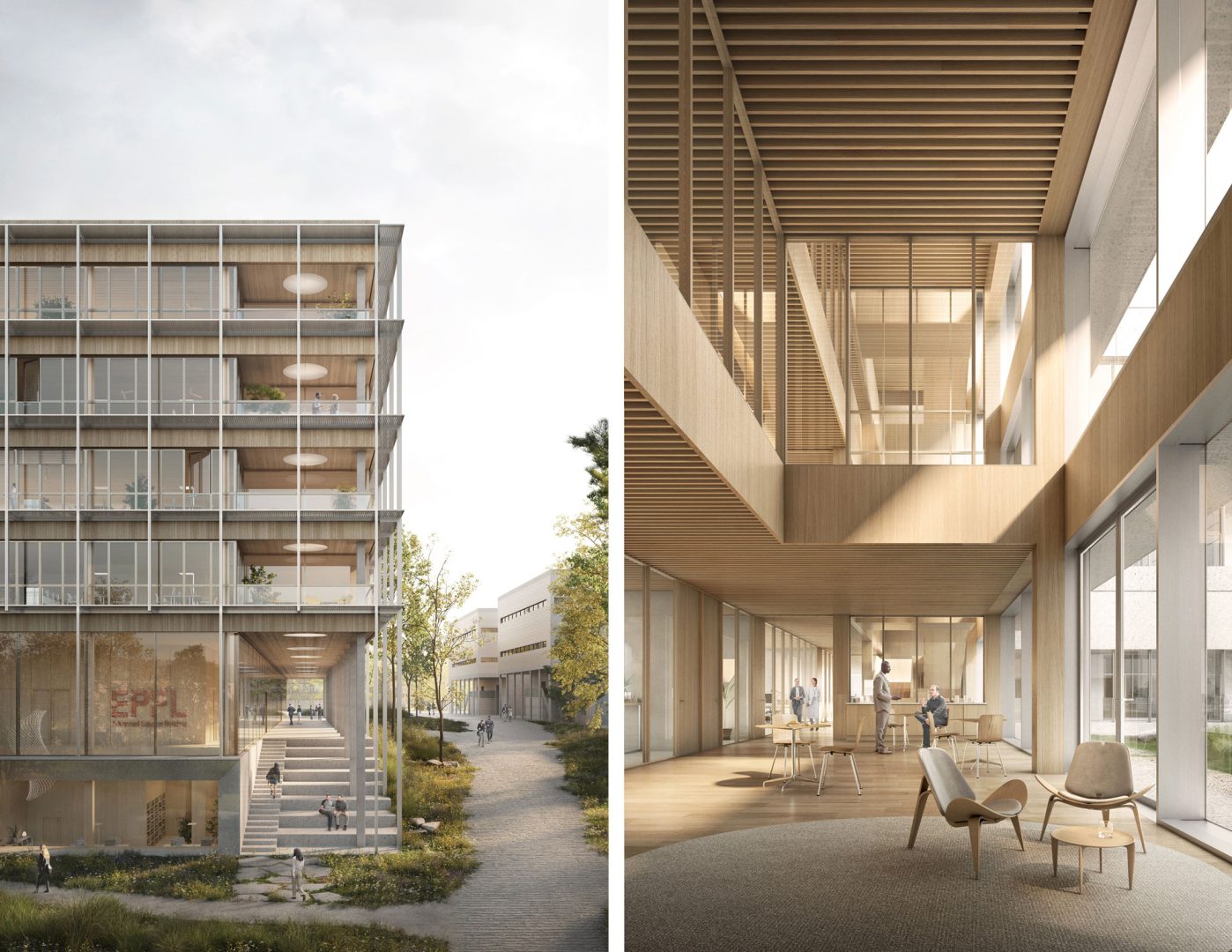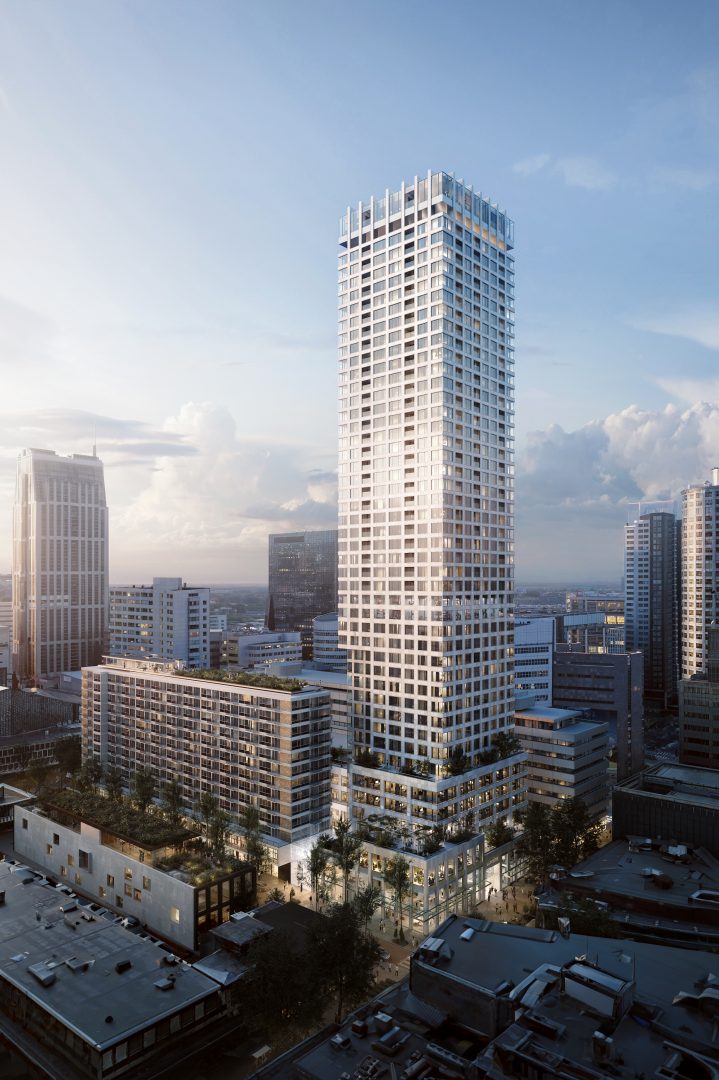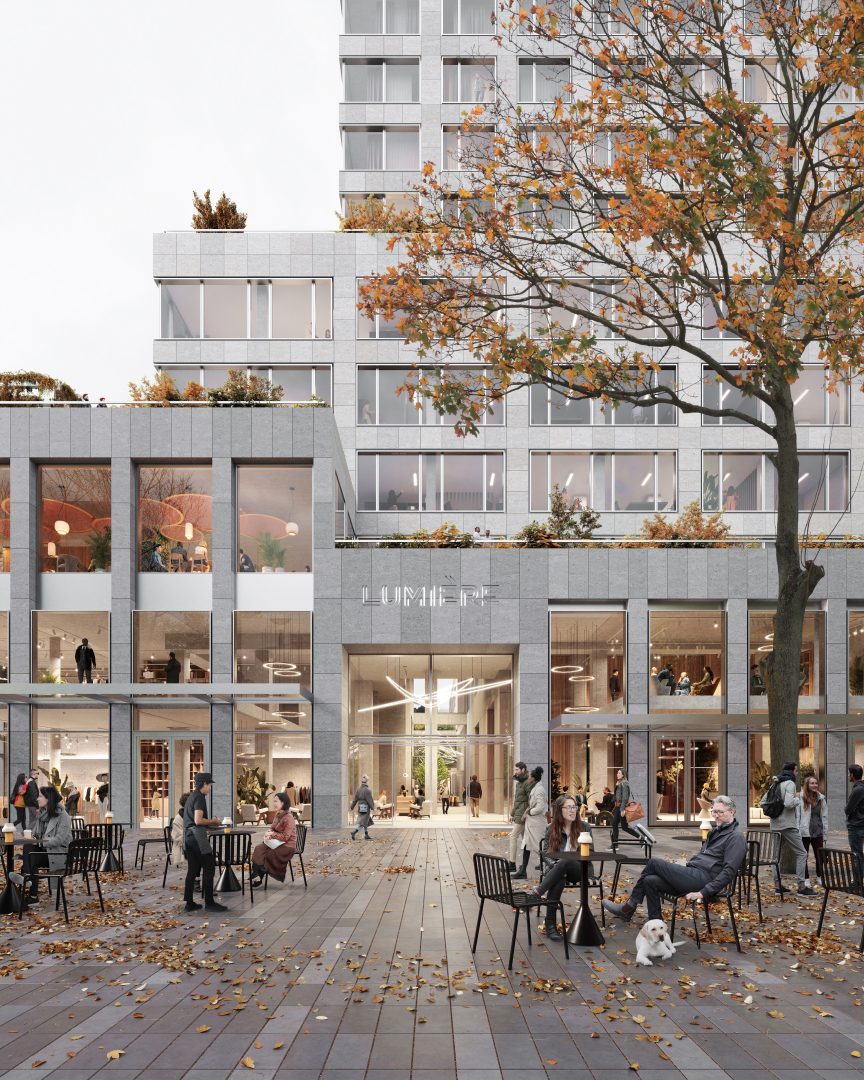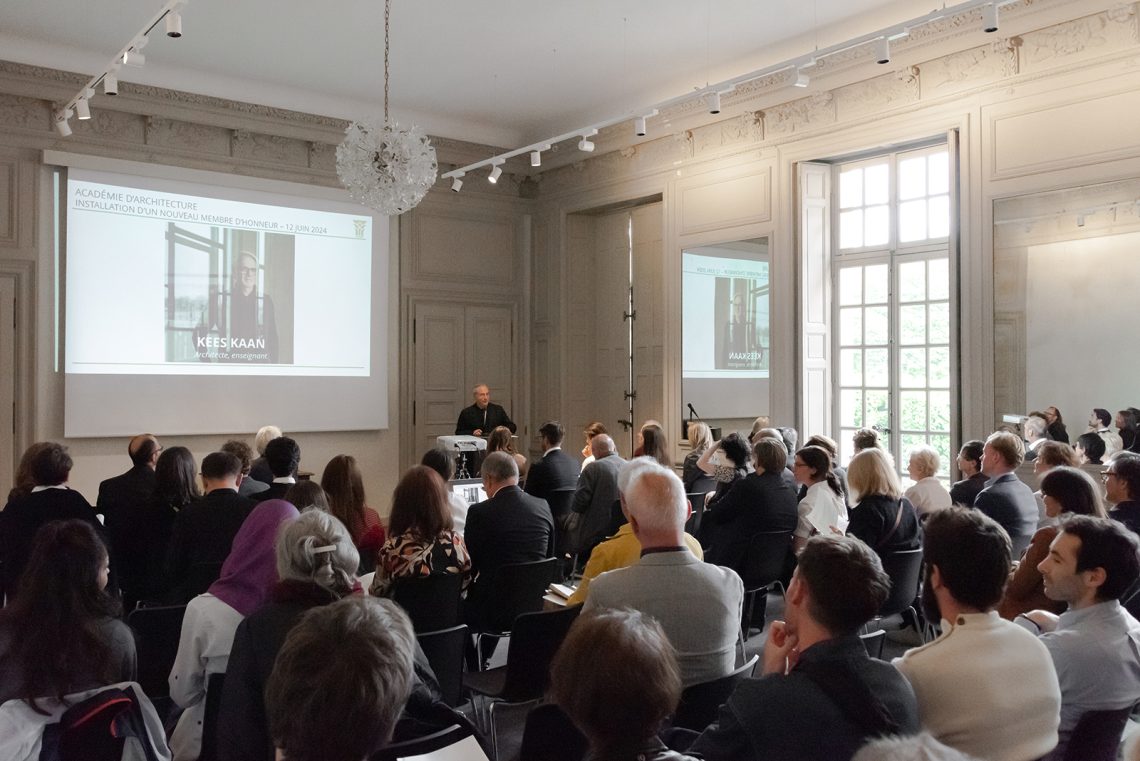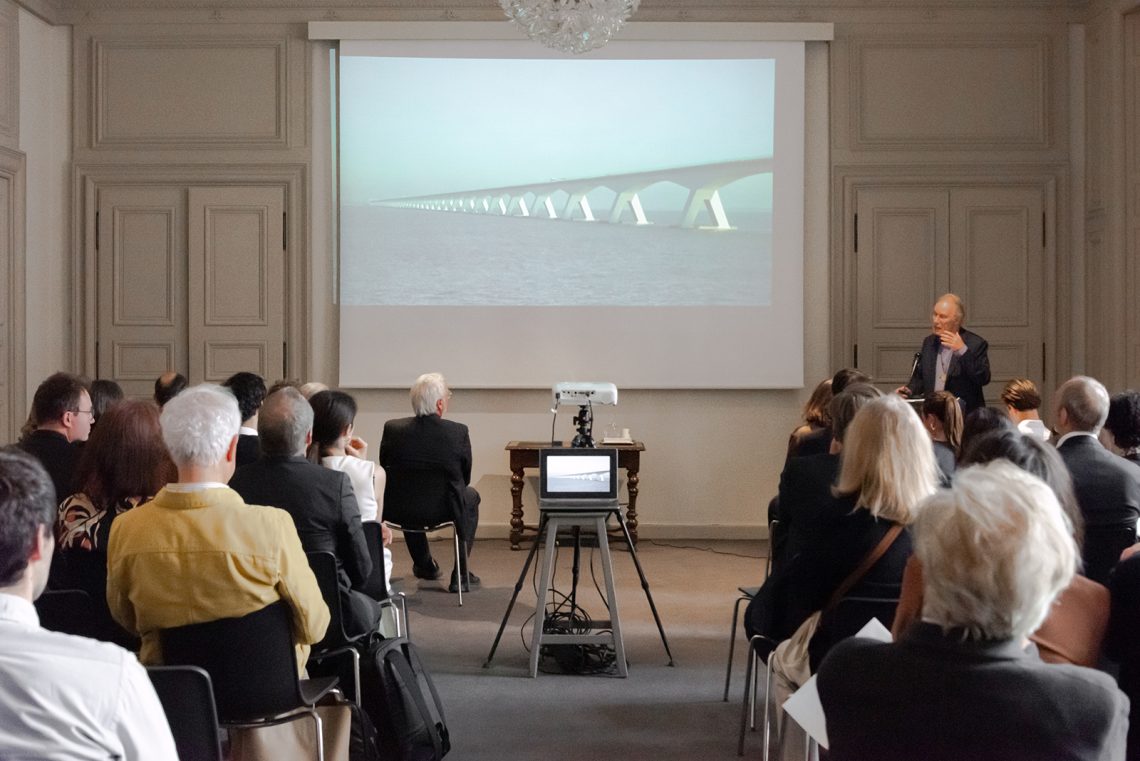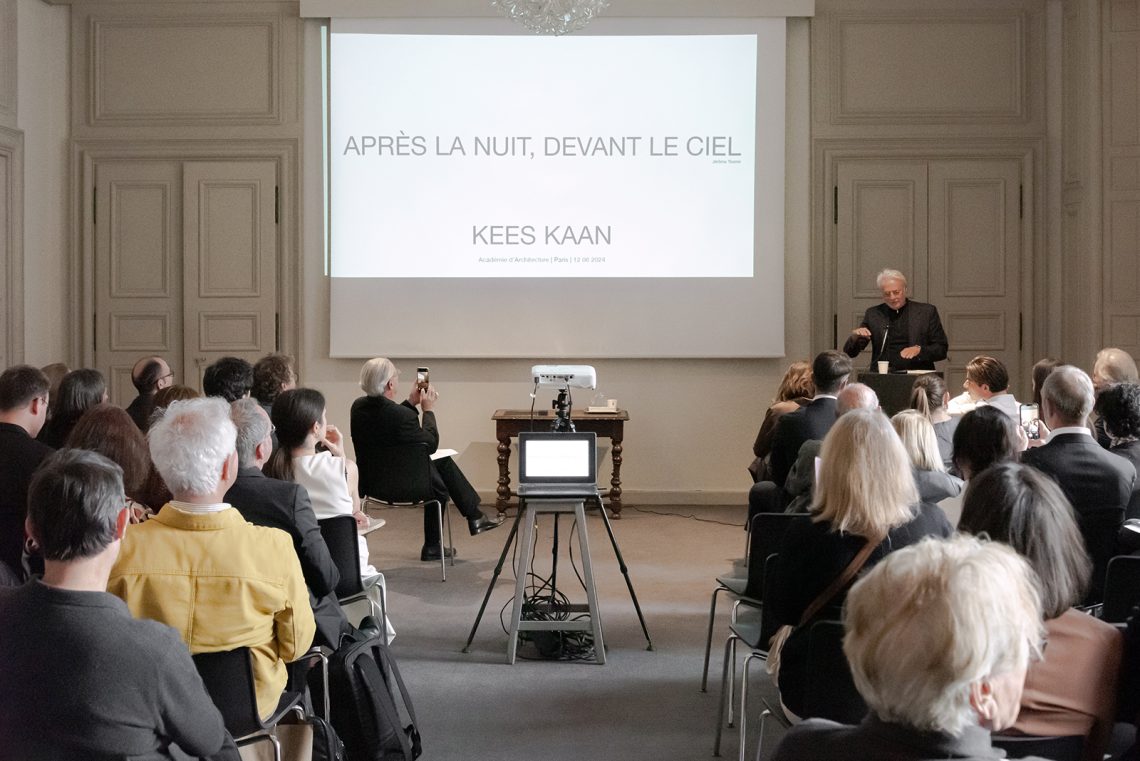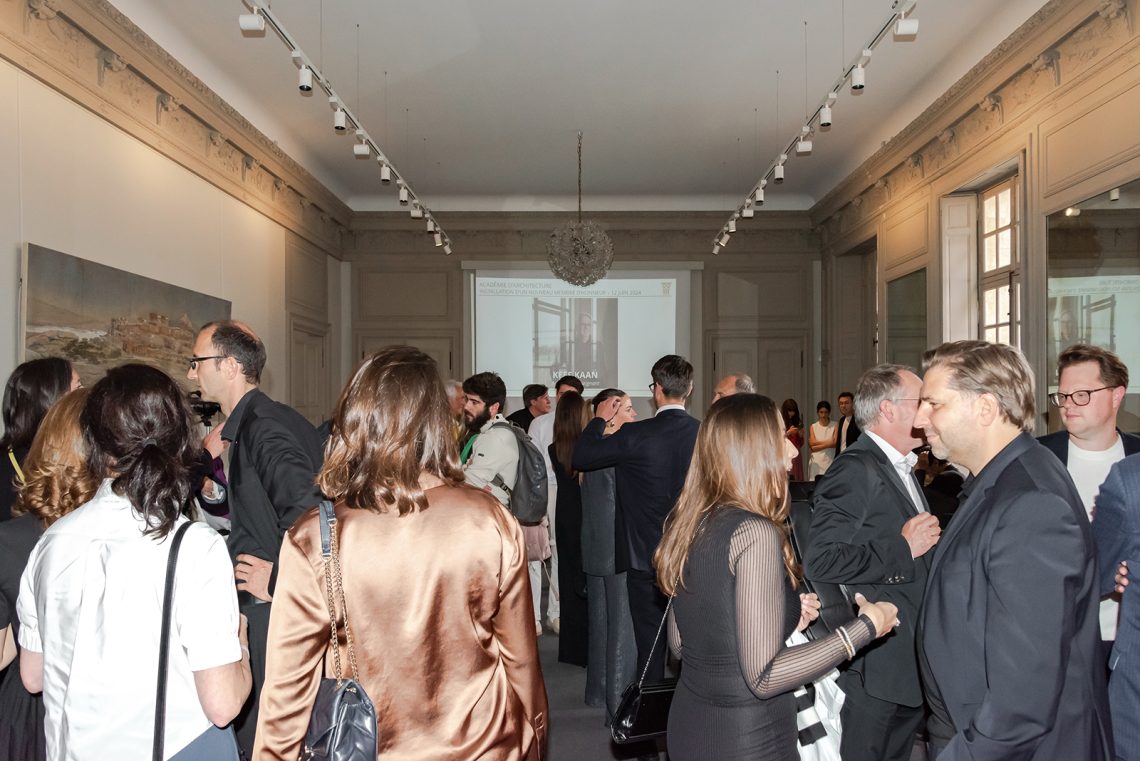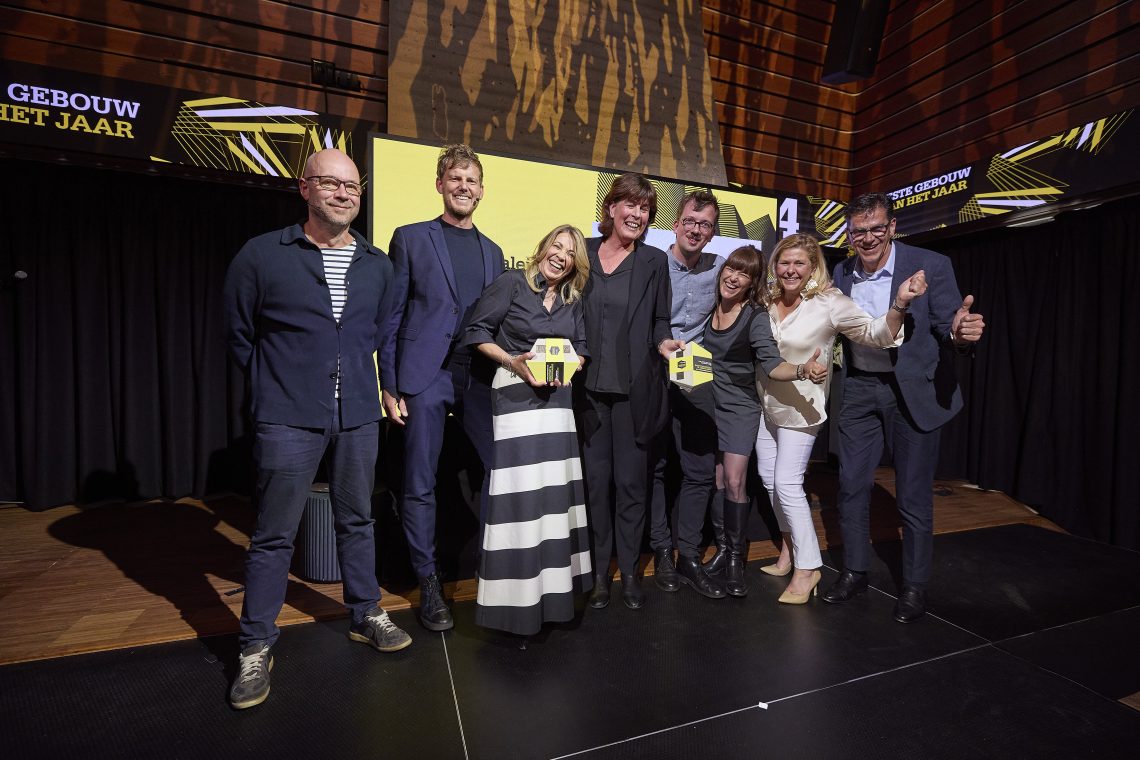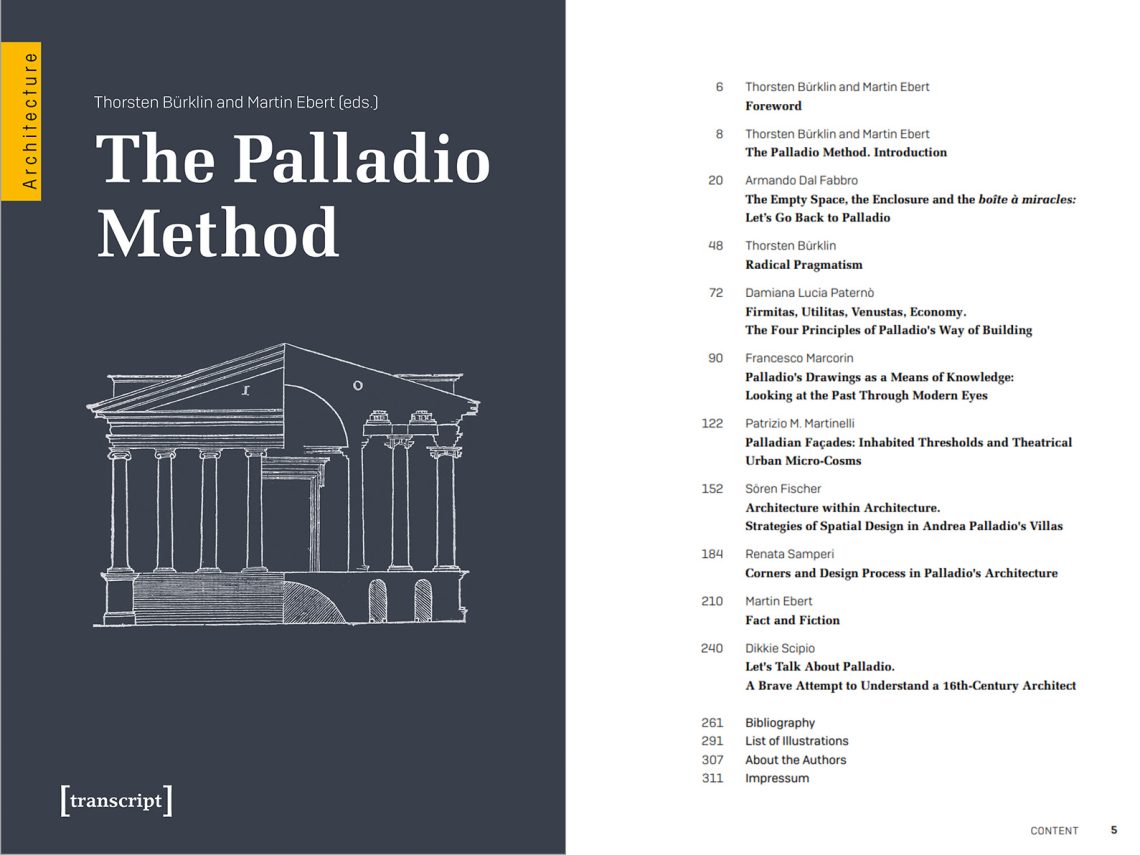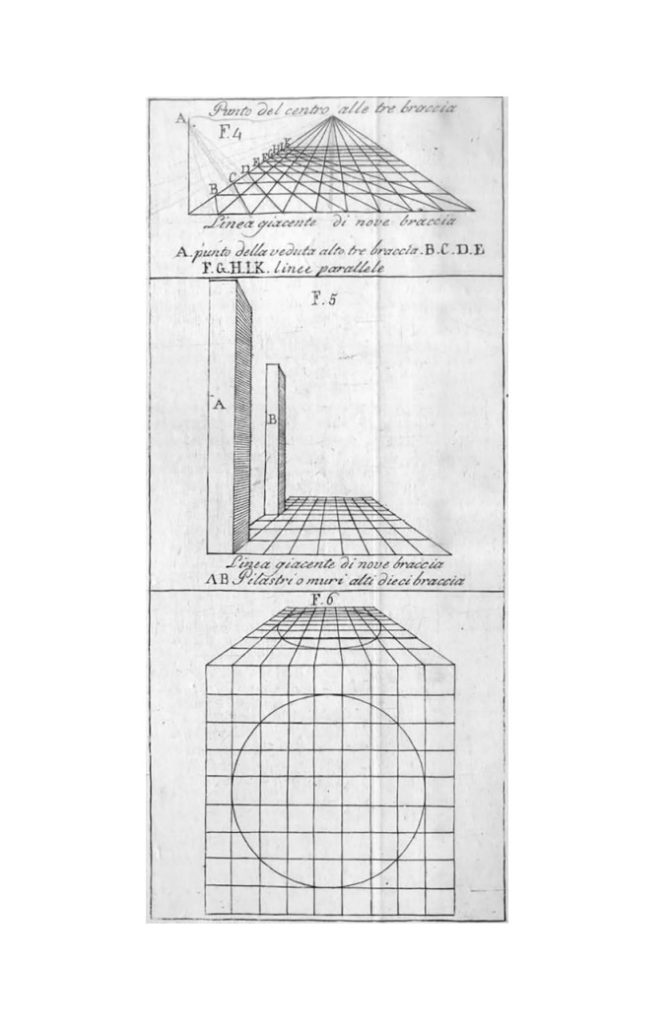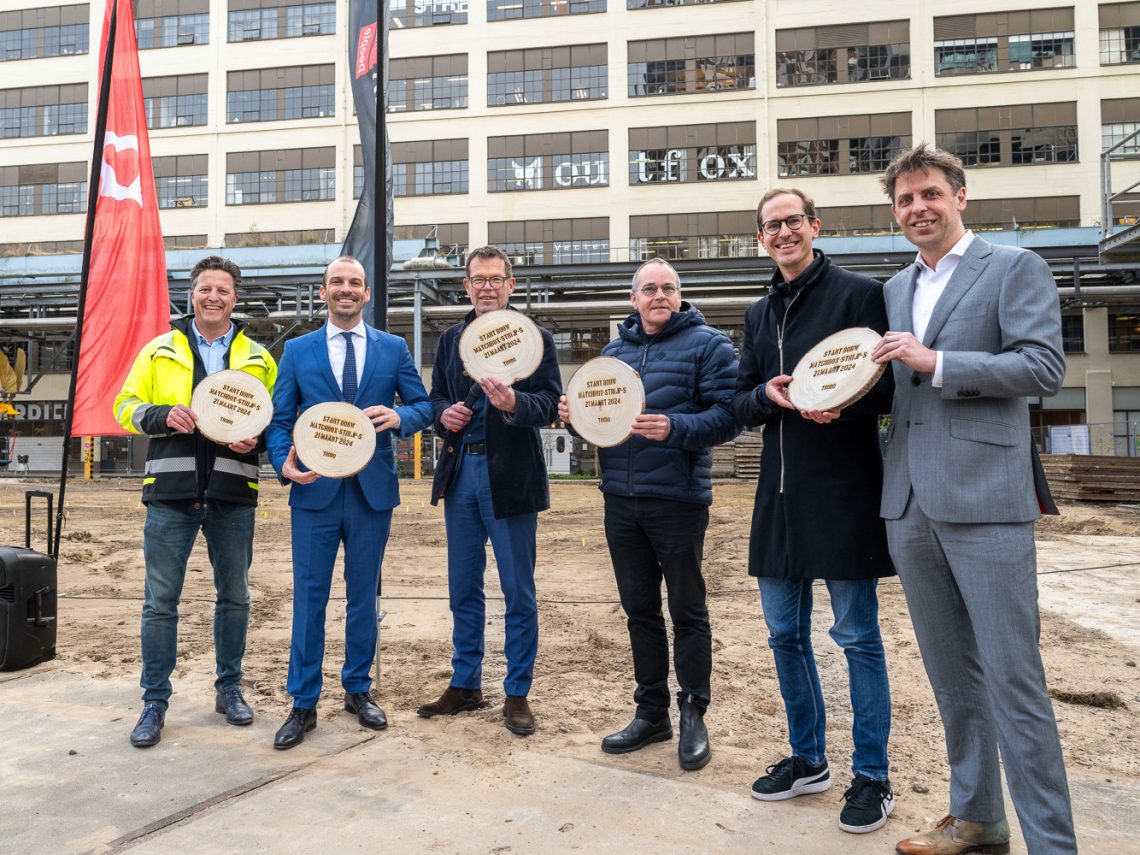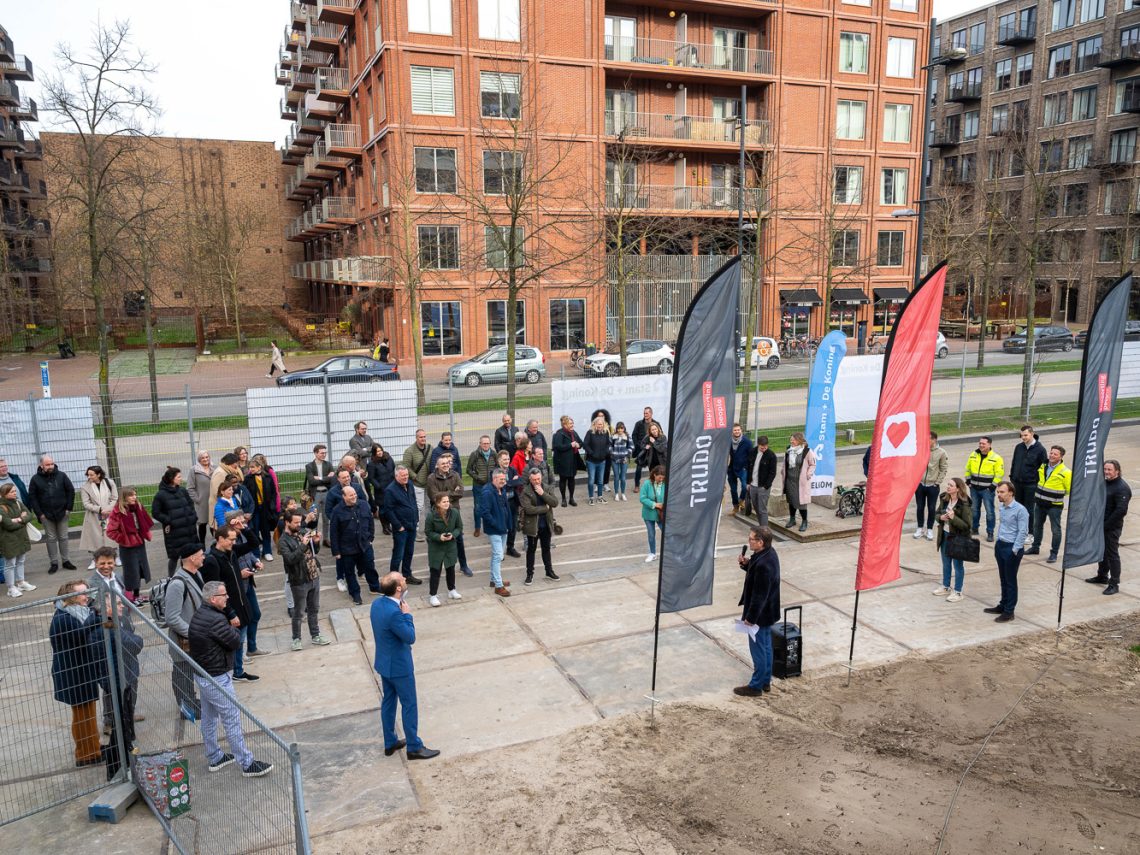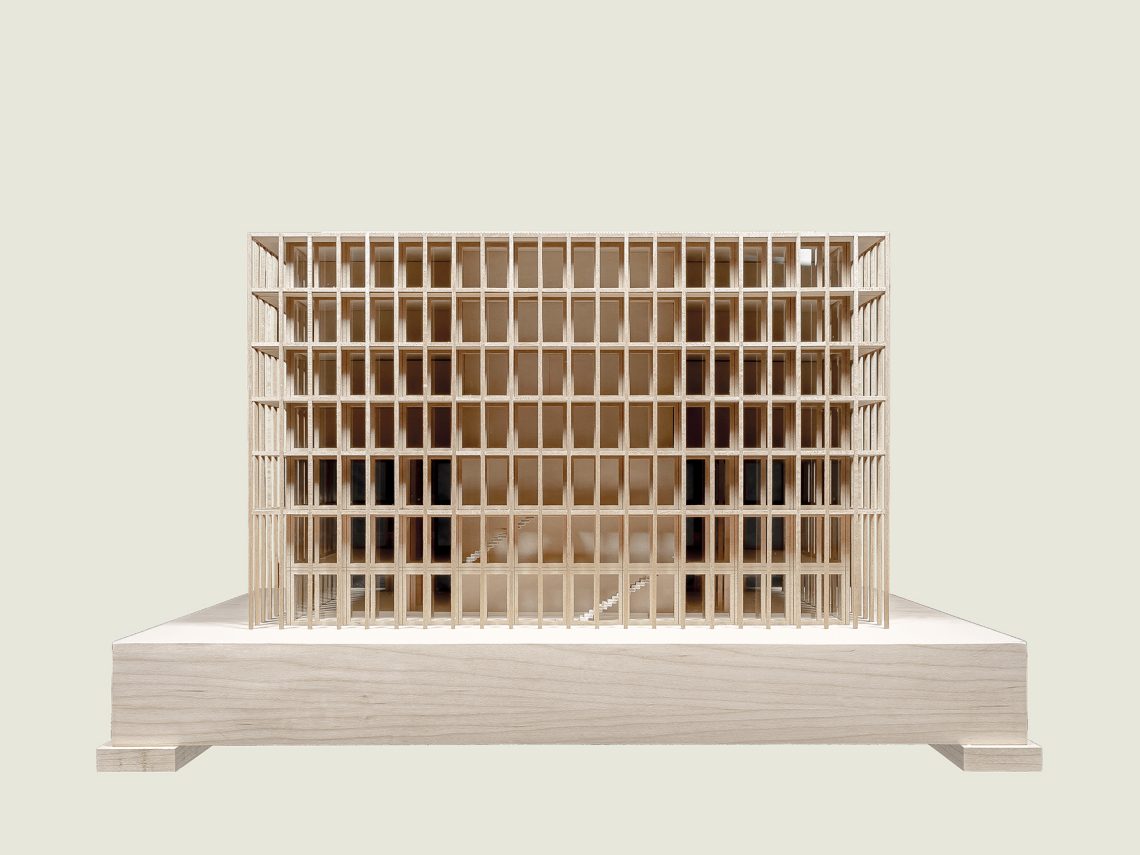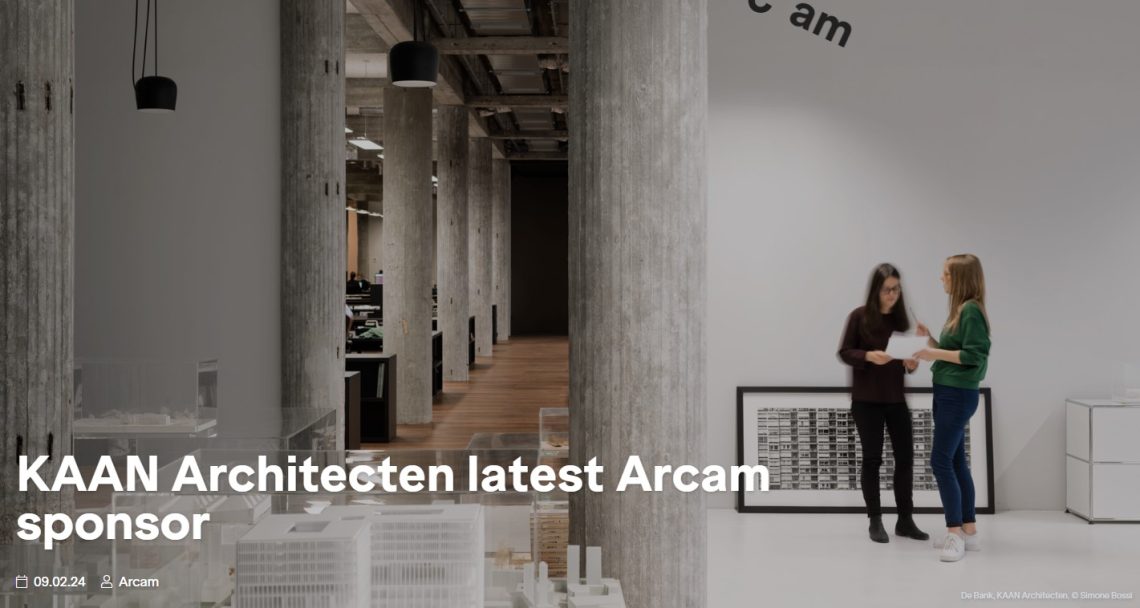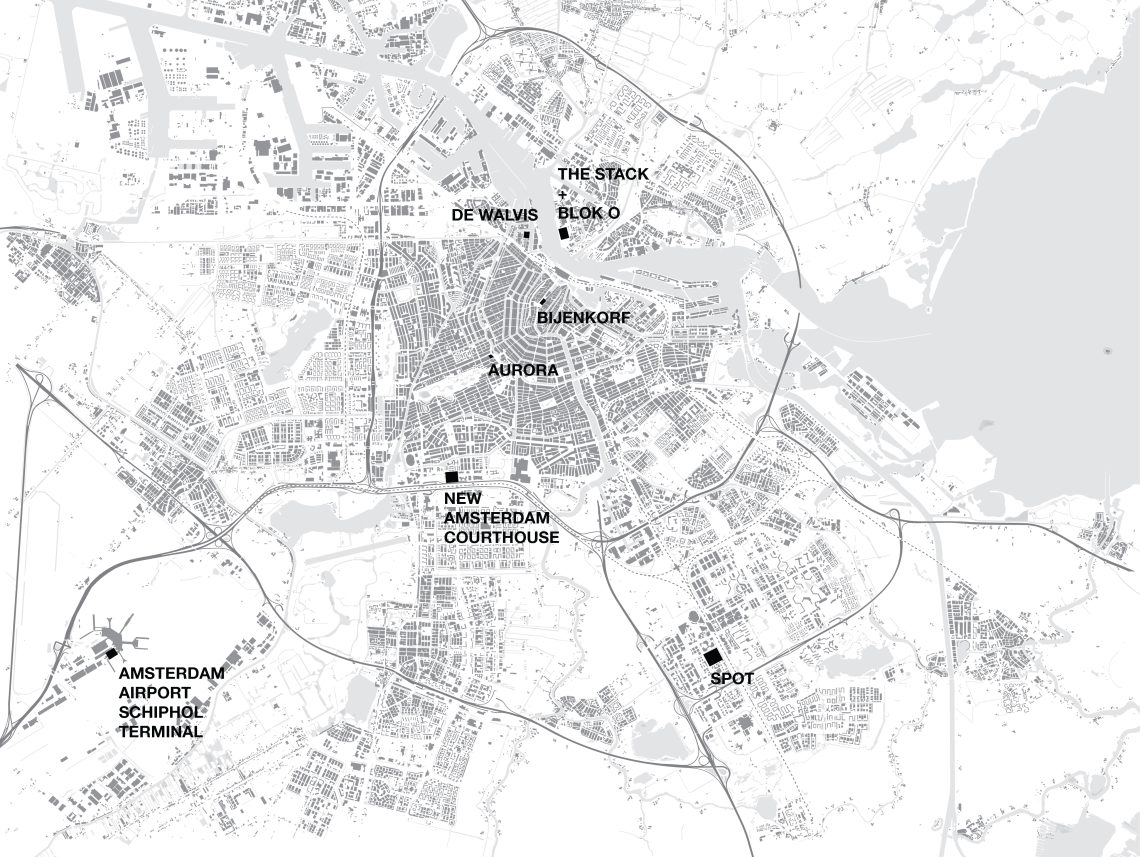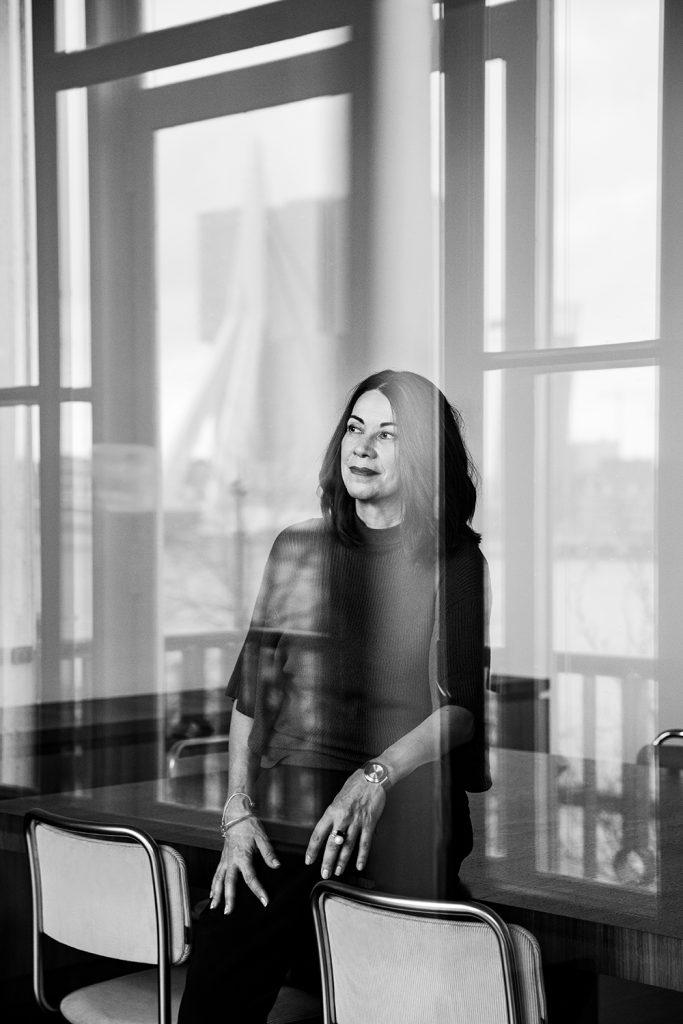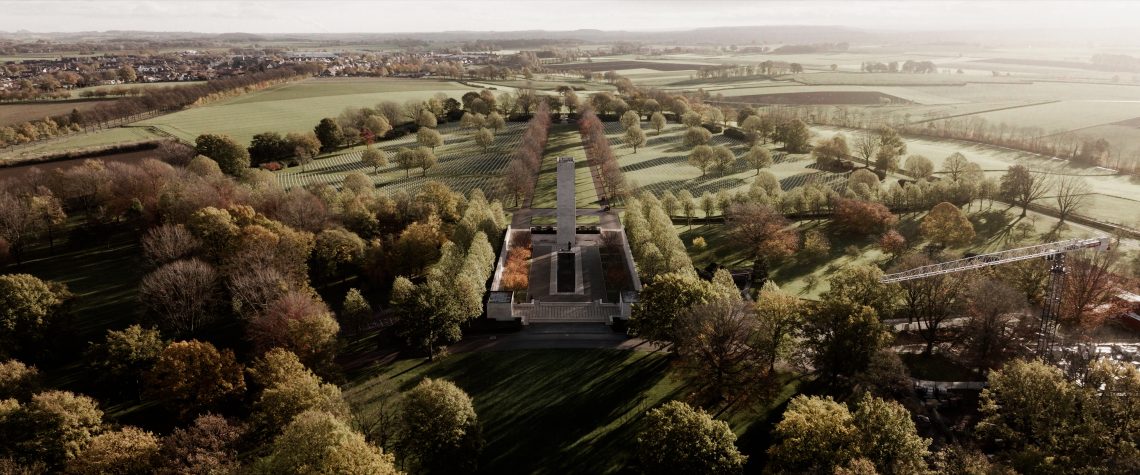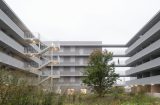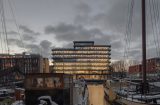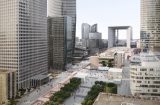10/12 2013
“Surprises” Dikkie Scipio – ZAAL Z number 8
The construction of the Royal Museum of Fine Arts is challenging, but the design teams always manage to find a solution together to enable the implementation of the design itself. Every shipyard has surprises, which at the end become genuine gifts.

The contractor has now been working on our museum for two years. Other than the large crane protruding out of the roofline, not much of this work is visible from the outside. It’s a different story inside, however. Despite the stripping and demolition work, which makes the building look and feel like a ruin, already the quality of the new space can easily be visualized. Later additions, both structural and in terms of climate control systems, have been removed, bringing the building closer to its original state. The suspended ceilings introduced in the course of time have also been removed. Many galleries have therefore regained their original dimensions, making the museum appear even larger. On the ground floor at the rear of the building, the removal of the grid ceiling has revealed an attractive arched space which, like the new art storage facility, feels like the space of catacombs. At the front, where the public will enter, the structure has been punctured at a number of locations to establish a relationship between the ground floor and the entrance on the first floor. The most prominent example of this is the removal of the floor of the old auditorium. The beautiful double-storey space thus created will be the library’s reading room and can be viewed from above through the new museum shop and bookshop. It is a simple spatial intervention with an exceptional effect.
The space immediately below the entrance has been far more challenging. Both here and at a number of other places in the building we encountered a few surprises, such as beams, walls and recesses that were different than we had anticipated and also asbestos at locations where we had not expected to find it. Although challenging, the construction and design teams have always managed to find a solution together to enable implementation of the design. Every building site has surprises. They come with the territory, certainly when restoring and refurbishing large old buildings, since it is not always clear how building work was carried out in the past and what changes were made to a given building. Surprises usually mean unpleasant setbacks, but sometimes we get lucky. In the skirting, we found a pair of old window decorations for the seawater aquarium that was displayed during the second World’s Fair. We can save at least one of these, the one best preserved, for posterity. So on occasion, surprises are genuine gifts.
You can download the PDF version via the link down here and you’ll find Dikkie Scipio’s article from page 36.
PDF